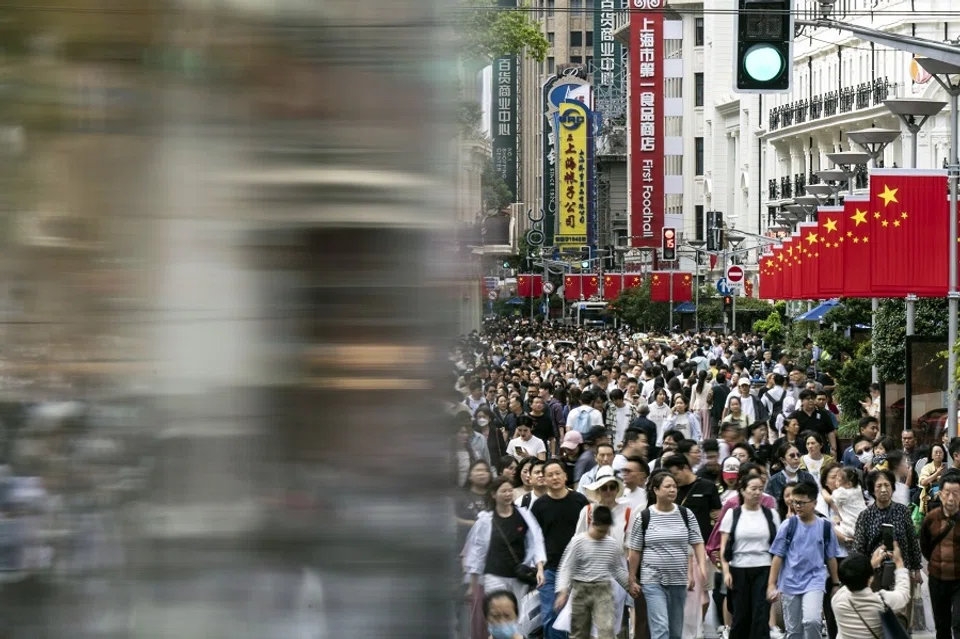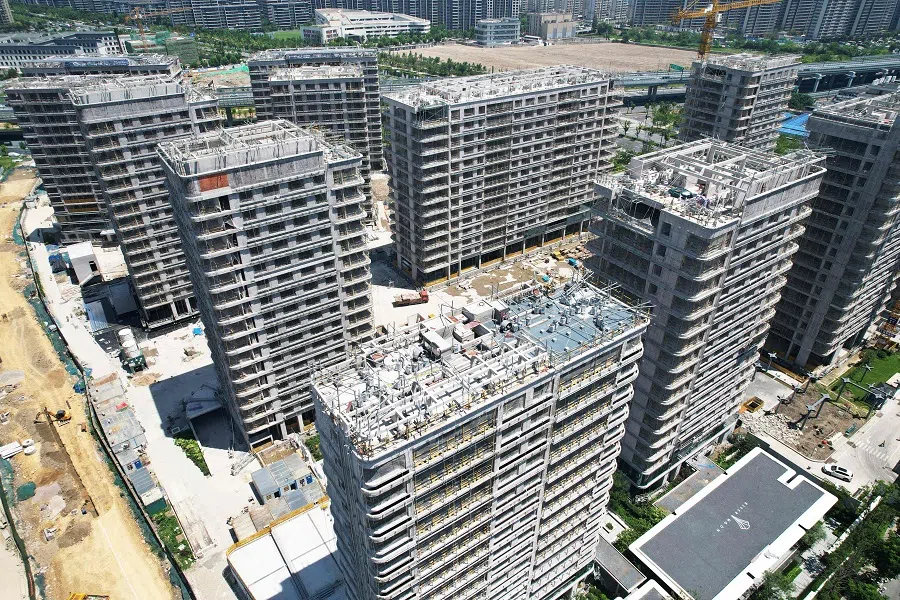Can China’s belated stimulus package reverse its economic deceleration?
Economist Alicia García Herrero notes that the recent stimulus measures announced by the People’s Bank of China will do little to reverse China’s economic deceleration, short of reforms to address economic imbalances.

China’s stagnant economy since its exit from zero-Covid policies in 2022 had become increasingly worrisome both for Chinese and foreign investors until a sudden boost of market sentiment occurred last week.
The worries about the Chinese economy are deeply rooted in the lack of structural reforms for the last two decades. The latest third plenary session of the 20th Central Committee of the Chinese Communist Party (CCP), held from 15 to 18 July 2024, was as underwhelming as the last few ones, as far as structural reforms are concerned.
At the same time, though, China’s economic situation has not really improved much since the country lifted its zero-Covid policies. If anything, there was a further deterioration in July and August with even lower consumption and investment and protracted deflationary pressures.
Only exports contributed to growth in a substantial manner but with the increasingly visible risk of protectionism from the rest of the world. This phenomenon is no longer exclusive to the US but is now observed in many other countries in the West and, increasingly, among major players in the global south, such as Brazil, India and Turkey. A potential reduction in exports would only worsen existing overcapacity problems, making deflationary pressures more acute.
This seems to have been the trigger for the Chinese government to have suddenly turned the tap of a stimulus package, but with a very different composition than in 2008 or in 2016.
While these measures should help stabilise the ailing housing market, they are bound to further deteriorate banks’ asset quality, and potentially, their financial stability.
Patching and boosting
The measures announced by People’s Bank of China (PBOC) governor Pan Gongsheng on 24 September, and confirmed by the Politburo only two days later, showed the direction for the next few months, namely a rapid injection of liquidity and reduction of funding costs, as well as propping up the stock market — thanks to the funds made available by the PBOC to buy stocks and for buybacks.

Finally, households are allowed to refinance mortgages from fixed to variable rates. In addition to lowering existing and future mortgage costs, local governments are moving more boldly to lift restrictions on housing purchases, including lowering the down payment.
While these measures should help stabilise the ailing housing market, they are bound to further deteriorate banks’ asset quality, and potentially, their financial stability. This explains the rumours of a government-led recapitalisation of China’s banking sector although no details are yet confirmed.
On the fiscal front, an additional special sovereign bond worth about 2 trillion RMB (US$284.43 billion, equivalent to 1.5% of China’s GDP) should soon be executed, but it is still regarded as too small for the needs of the Chinese economy at the moment. In fact, the 2 trillion RMB will barely make it to cover the sharp drop in fiscal revenue this year. Furthermore, bank recapitalisation will require additional fiscal space to avoid excessive debt or deficits.
This time around, lifting asset prices — especially equities, but also housing prices — seems to be at the centre of the package, and to a lesser extent, stimulating growth.
Missing larger fiscal stimulus
All in all, the boom in China’s stock prices since the stimulus was announced should not come as a surprise, as the package explicitly puts monetary resources into achieving this goal. The question, though, is whether the booming stock prices can last.
The first thing needed is the confirmation of a larger fiscal stimulus — beyond the monetary one — which is still unclear. This might look surprising as both the 2008 stimulus, as well as the 2016 one, had leaned towards the fiscal side.

The reason might simply lie in the much narrower fiscal space that China has today, with public debt hovering around 100% of GDP. The other potential reason is that the authorities’ objective is different. This time around, lifting asset prices — especially equities, but also housing prices — seems to be at the centre of the package, and to a lesser extent, stimulating growth.
... without the firm intention to reduce China’s stubbornly high precautionary savings, China will probably not do much to escape its current deflationary woos and excess capacity...
Not sustainable afterall?
Overall, it seems difficult to expect that the current turn in sentiment can be maintained to the point of reversing China’s rapid economic deceleration, as no reforms have been introduced to address China’s economic imbalances. In particular, China’s stubbornly low share of consumption to GDP, and extremely high saving ratio, cannot be solved by demand policies only, but it will also take structural ones.
The introduction of a welfare state — by providing social safety nets to encourage consumption — seems to be the most obvious move, but probably also the most challenging; as it requires a radical change in the way China manages its public finances with important consequences on income redistribution.
In the same vein, China’s continuous over-investment — previously in the real estate sector and now in manufacturing — is pushing down potential growth through the increasingly low return on assets.
The turning point in the current market euphoria may come when incoming economic data does not confirm a quick recovery. In other words, without the firm intention to reduce China’s stubbornly high precautionary savings, China will probably not do much to escape its current deflationary woos and excess capacity, all the more so given the direction that the world is taking in terms of protecting its own markets from China’s huge production capacity.





